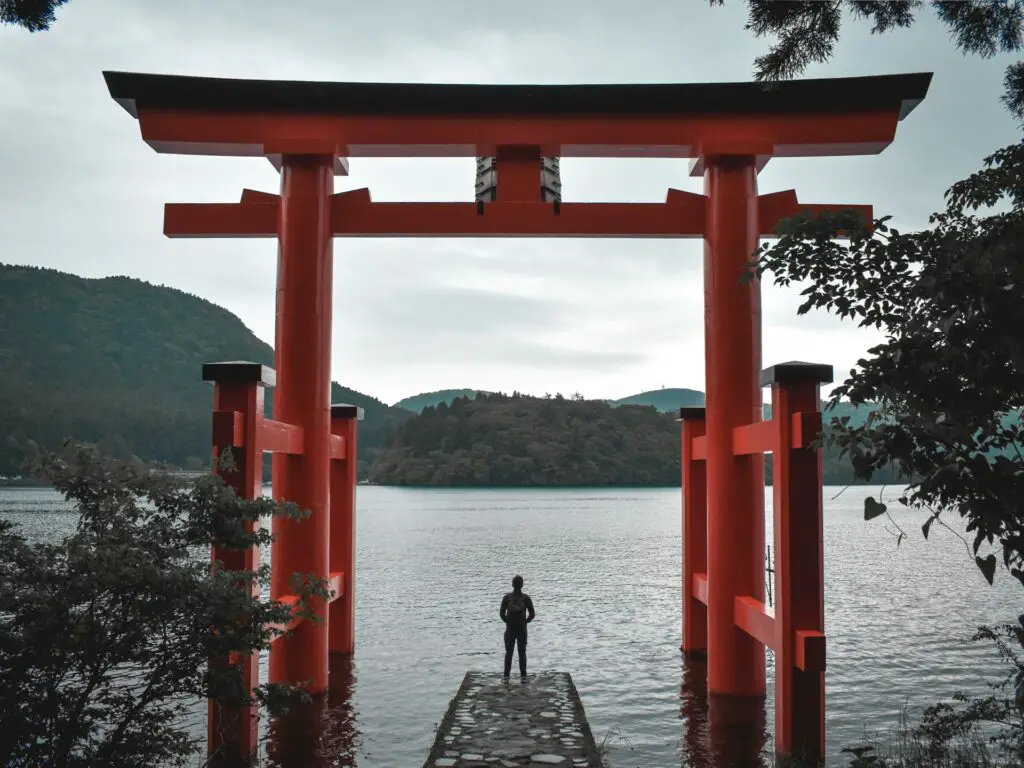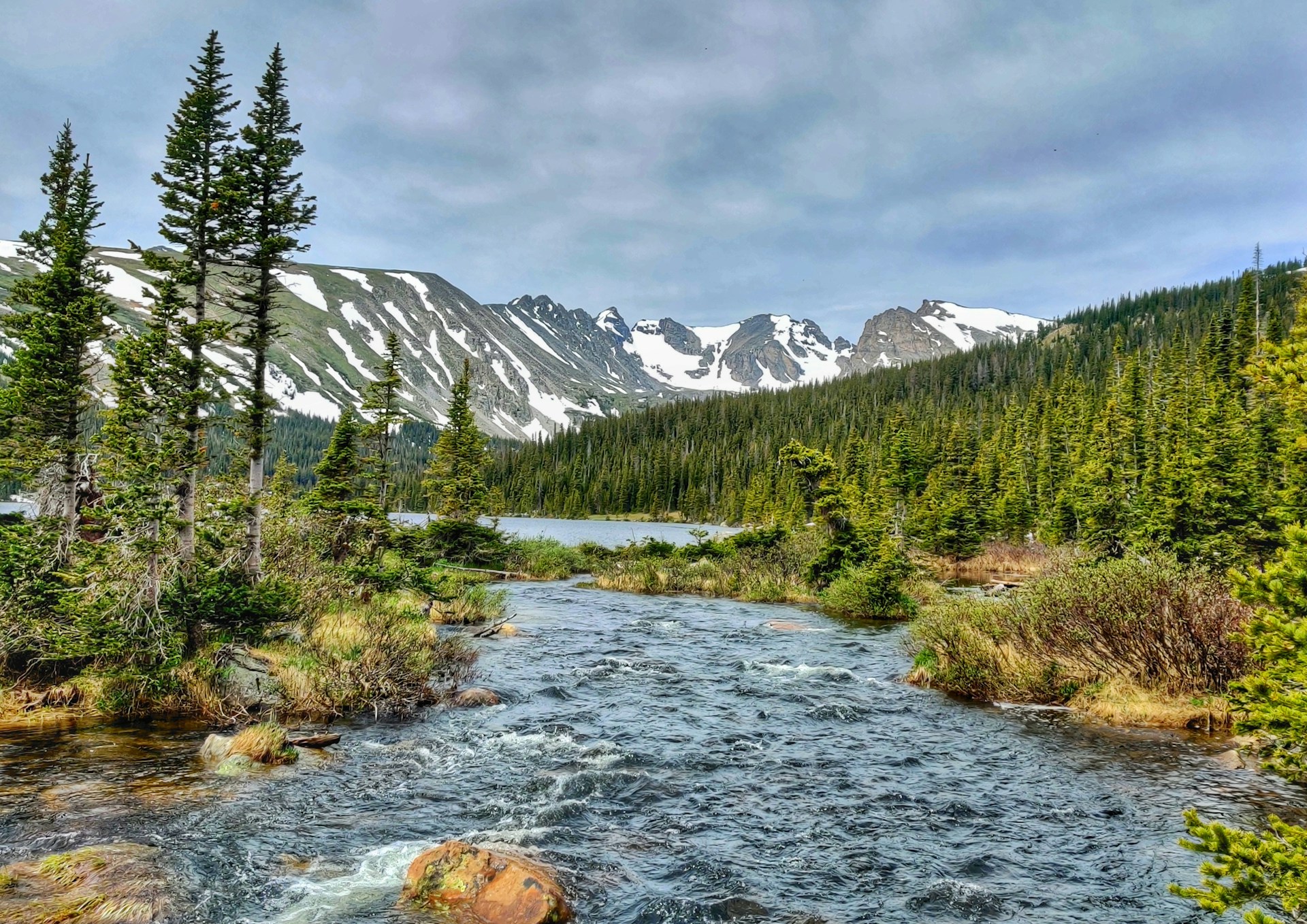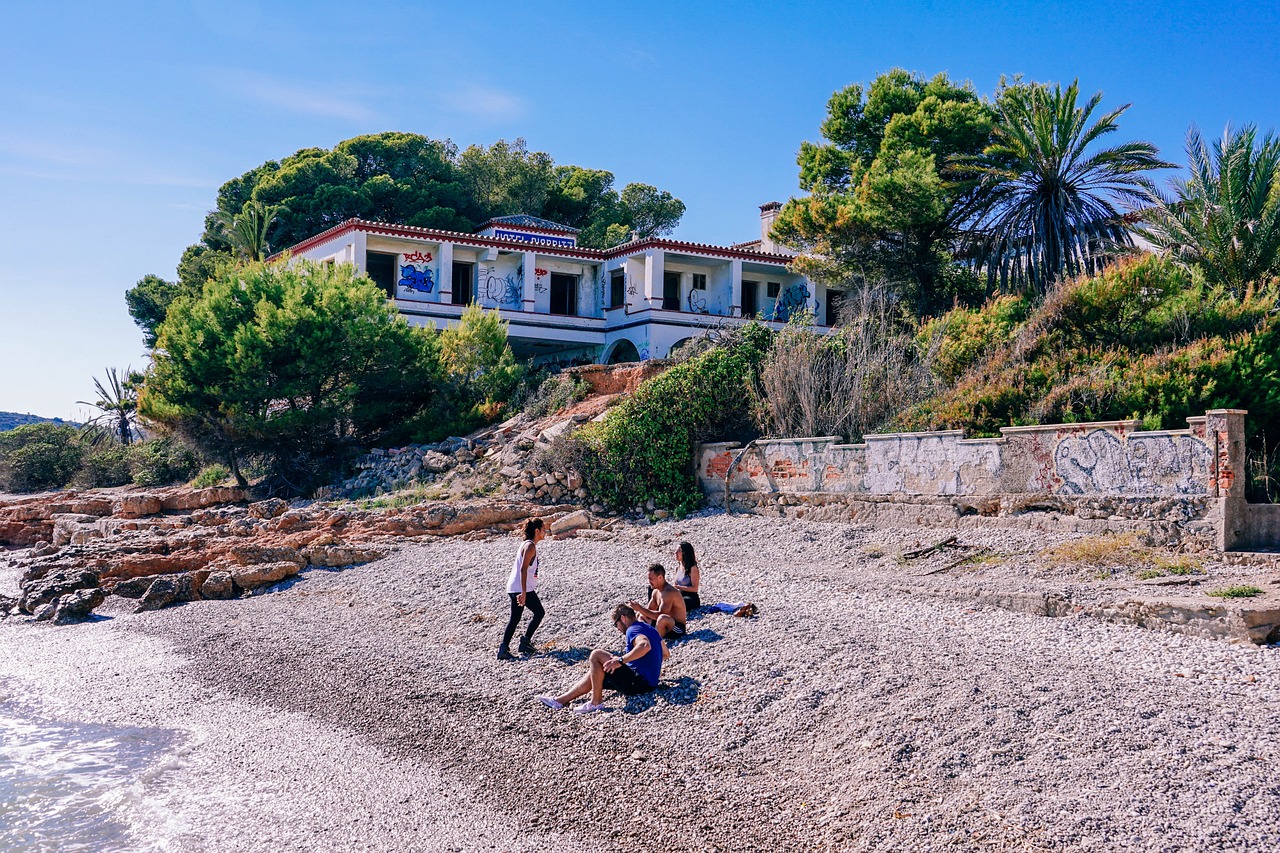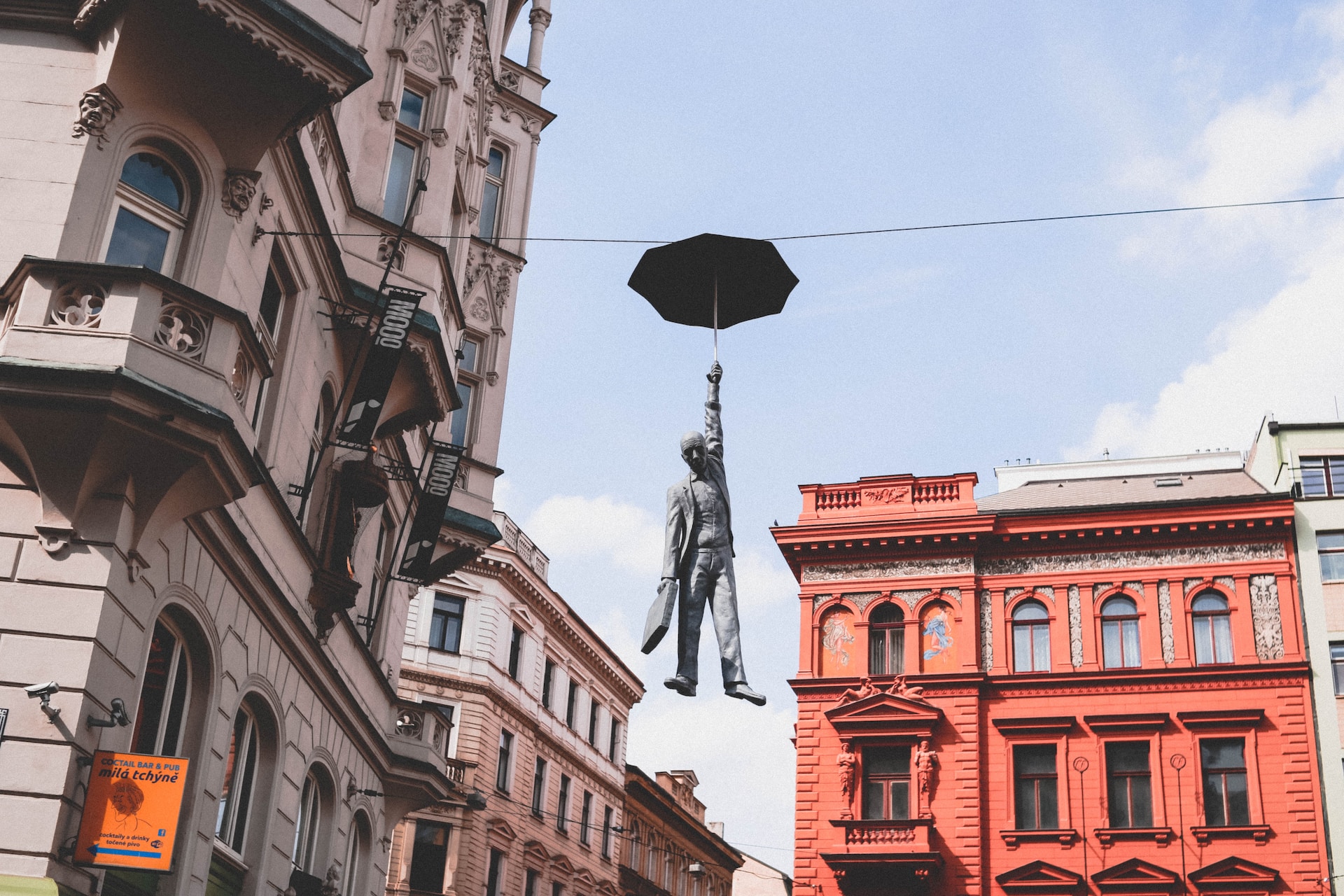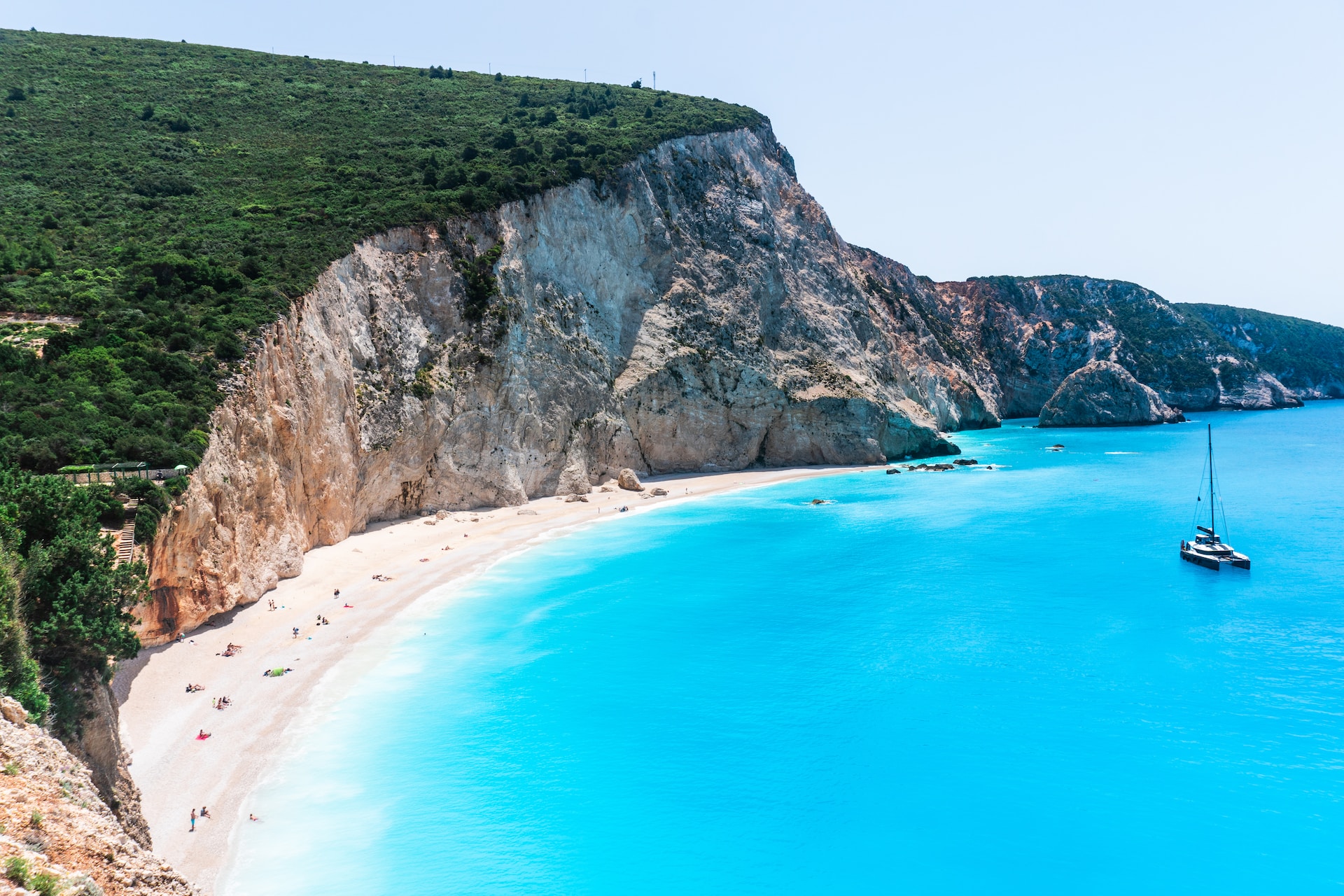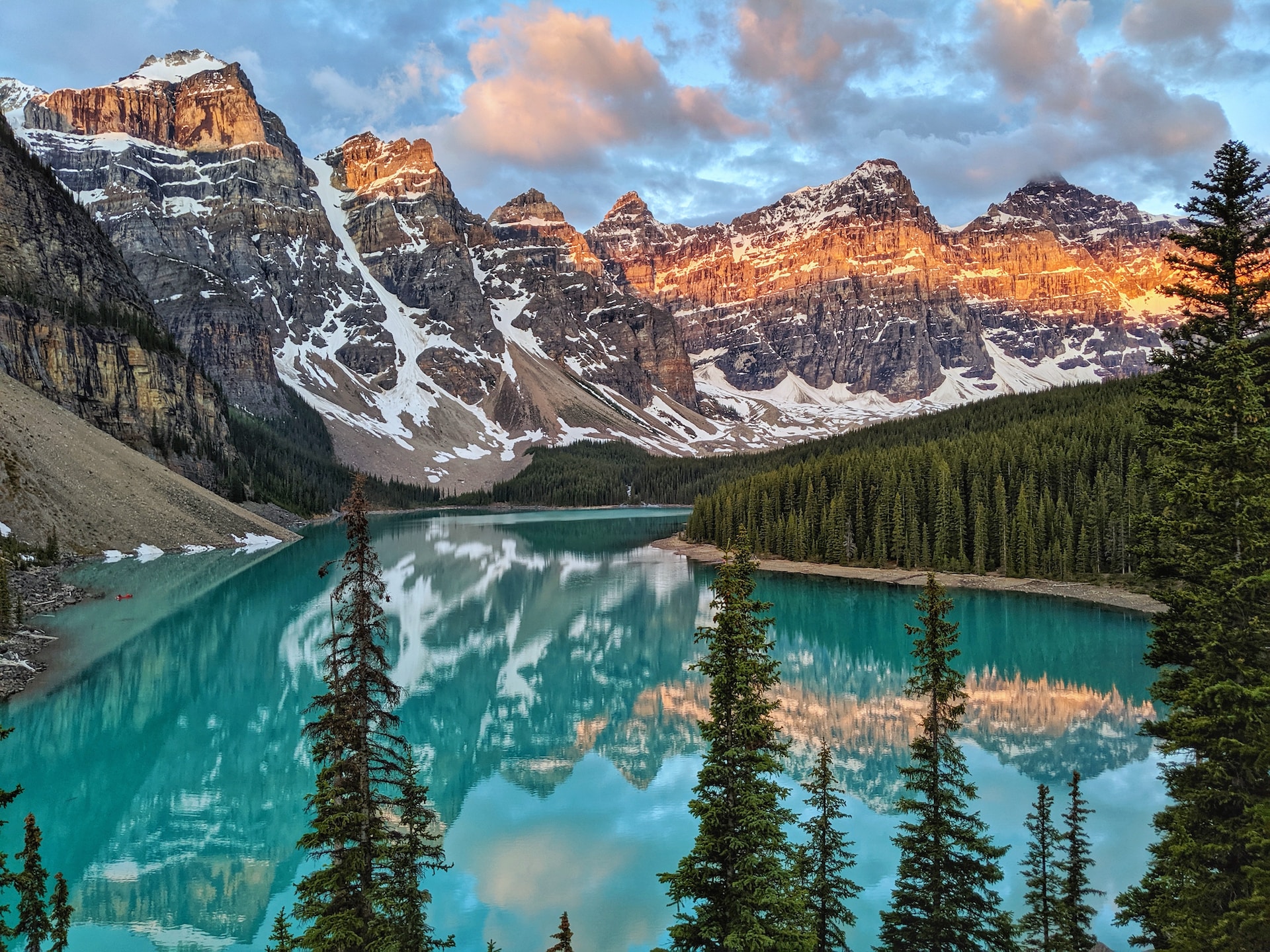Asia, the largest and most diverse continent, is a treasure trove of unique cultures, breathtaking landscapes, and ancient history. From the neon-lit streets of Tokyo to the tranquil beaches of Thailand, this continent offers a kaleidoscope of experiences for every traveler. This article takes you through the top 10 must-visit bucket list destinations in Asia, each offering its own unique allure.
Great Wall of China, China:
This ancient fortification, visible from space, winds like a dragon’s tail across northern China. Stretching over 13,000 miles, it’s not only an engineering marvel but also a testament to human endurance. Walking along its battlements, one can’t help but feel connected to history.
Taj Mahal, India:
A symbol of love, the Taj Mahal in Agra is a mausoleum built by Emperor Shah Jahan for his wife. This ivory-white marble masterpiece is renowned for its architectural beauty and intricate craftsmanship, making it a must-visit for those who appreciate art and history.
Mount Everest, Nepal/Tibet:
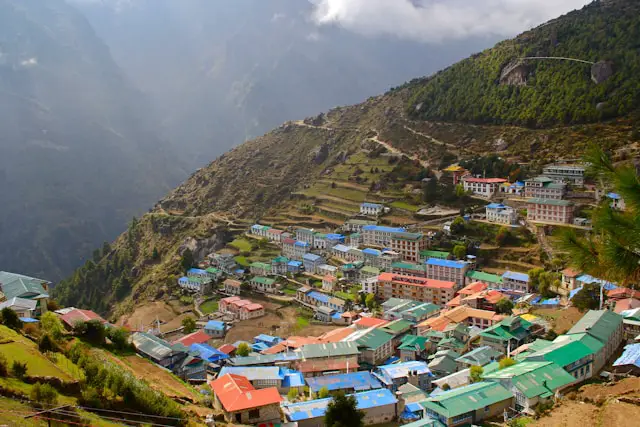
The world’s highest mountain offers the ultimate challenge for adventurers. Even for those not climbing, the journey to its base camp is an exhilarating experience, offering stunning views and a chance to meet resilient Sherpa communities.
Bali, Indonesia:
Known as the ‘Island of the Gods’, Bali is a paradise of volcanic mountains, lush rice terraces, and sandy beaches. Its unique Hindu culture, manifested in daily offerings and colorful ceremonies, adds to its enchanting atmosphere.
Kyoto, Japan:
The cultural heart of Japan, Kyoto is famous for its classical Buddhist temples, as well as gardens, imperial palaces, and traditional wooden houses. It’s also celebrated for its formal traditions such as kaiseki dining and geisha female entertainers.
Ha Long Bay, Vietnam:
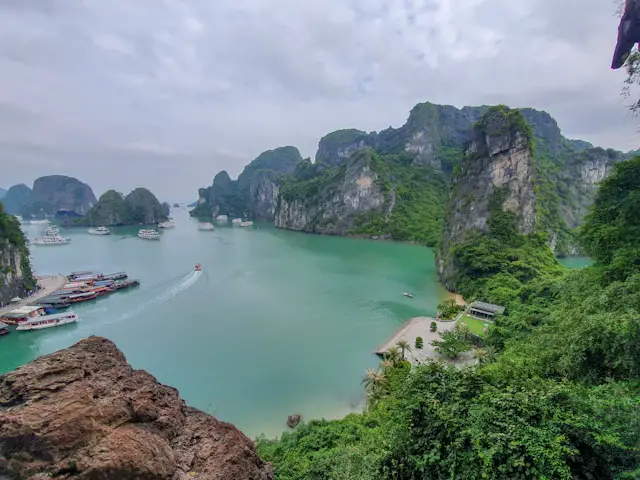
Known for its emerald waters and thousands of towering limestone islands topped with rainforests, Ha Long Bay is a UNESCO World Heritage site. Cruising on a traditional junk boat here is like stepping into a landscape painting.
Petra, Jordan:
This archaeological city is famous for its rock-cut architecture and water conduit system. Petra, also known as the Rose City due to the color of the stone, offers a unique glimpse into an ancient civilization.
Angkor Wat, Cambodia:
The largest religious monument in the world, Angkor Wat is a temple complex that symbolizes the cosmic world. Its extraordinary architecture and intricate bas-reliefs make it a masterpiece of Khmer art.
The Maldives:
A tropical paradise, the Maldives is a group of atolls in the Indian Ocean. Its crystal-clear waters, vibrant marine life, and luxury overwater bungalows offer the ultimate escape for relaxation and water sports.
Bagan, Myanmar:
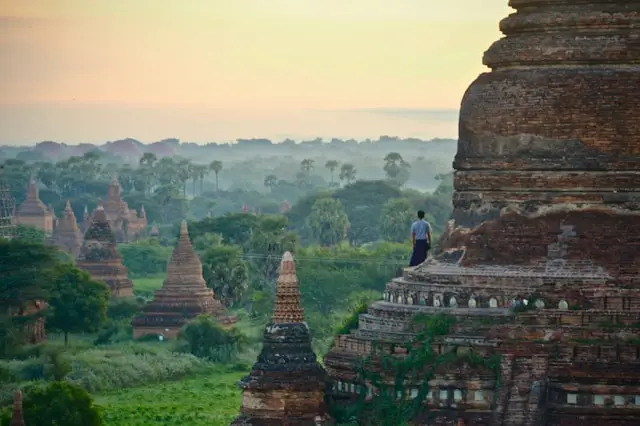
This ancient city is home to more than 2,000 Buddhist monuments towering over green plains. A hot air balloon ride at sunrise offers a breathtaking view of the temples and their surrounding landscapes.
Asia, with its rich tapestry of cultures, histories, and natural beauty, is a continent that can fulfill the dreams of any traveler. Whether it’s walking through the historic lanes, scaling mountainous terrains, or lounging by pristine beaches, these top 10 destinations in Asia are sure to leave an indelible mark on your heart and memories that last a lifetime.
Travel Tips for Exploring Asia’s Top Bucket List Destinations
Exploring Asia’s diverse destinations requires more than just a passport and a plane ticket. Here are some essential travel tips to help you make the most of your journey through these top bucket list destinations:
Research Cultural Norms and Practices:
Each country in Asia has its unique customs and traditions. Before you travel, take time to understand local customs, dress codes, and dining etiquette. For instance, removing shoes before entering homes and temples is common in many Asian cultures.
Plan for the Climate:
Asia’s climate varies greatly. Whether you’re trekking in the Himalayas or sunbathing in Bali, pack appropriate clothing. Always check the weather forecast and be prepared for sudden changes in weather, especially during monsoon seasons.
Health and Safety:
Ensure you’re up to date with vaccinations and have adequate health insurance. Also, familiarize yourself with local healthcare facilities in the destinations you’ll be visiting. Carry a basic first-aid kit and be cautious about food and water hygiene.
Learn a Few Local Phrases:
While English is widely spoken in many tourist areas, learning a few phrases in the local language can enhance your experience and help you connect with locals.
Respect Religious Sites:
Many of the destinations in Asia are religious sites. Dress modestly, follow rules such as no photography if it’s prohibited, and show respect at these sacred places.
Be Mindful of Visa Requirements:
Some countries in Asia require visas for entry, while others offer visa on arrival. Check visa requirements well in advance of your trip to ensure all your paperwork is in order.
Budget Wisely:
Asia can cater to every budget. However, it’s essential to plan your finances, considering accommodation, food, internal travel, and entrance fees to attractions. Always have some local currency handy for small expenses.
Embrace Public Transport:
In countries like Japan and Singapore, public transport is efficient and the best way to get around. Elsewhere, options like tuk-tuks and rickshaws offer a local experience. Always agree on a fare before starting your journey.
Stay Connected:
Consider purchasing a local SIM card for connectivity. It’s often more economical and ensures you can navigate, translate, and stay in touch while exploring.
Sustainable and Responsible Tourism:
Be a responsible traveler. Respect wildlife, support local economies by buying local products, and be conscious of your environmental impact. Remember, your travel choices can make a positive difference.
Traveling through Asia’s top destinations can be a life-changing experience, rich in cultural insights and natural beauty. By planning ahead, respecting local cultures, and traveling responsibly, you can ensure your journey is not only memorable but also a positive experience for both you and the communities you visit. Safe travels!

Frequently Asked Questions About Traveling to Asia’s Top Destinations
Do I need to get any vaccinations before traveling to Asia?
Yes, it’s advisable to get vaccinated before traveling to certain parts of Asia. Commonly recommended vaccinations include Hepatitis A and B, Typhoid, Japanese Encephalitis, and Rabies. Always consult your healthcare provider or a travel medicine specialist for the most current advice.
Is it safe to travel solo in these destinations?
Many destinations in Asia are considered safe for solo travelers, including Japan, Singapore, South Korea, and Thailand. However, it’s always important to take standard safety precautions, stay informed about local conditions, and respect cultural norms.
Can I use credit cards widely, or should I carry cash?
In most urban areas and tourist destinations, credit cards are widely accepted. However, in more remote or rural areas, cash is essential. It’s advisable to carry a mix of both and inform your bank about your travel plans to avoid any card issues.
What’s the best time of year to visit these destinations?
This varies significantly across Asia. Generally, the cooler, drier months (November to March) are ideal for most Southeast Asian countries. For trekking in Nepal or Bhutan, spring (March to May) and autumn (September to November) are the best times.
How do I deal with language barriers?
In major cities and tourist areas, English is often spoken or understood. Learning some key phrases in the local language is helpful. Also, consider using translation apps or carrying a phrasebook.
What should I pack for my trip to Asia?
Pack light and versatile clothing, comfortable shoes, a good-quality travel backpack, necessary electronics with appropriate adapters, essential medications, and travel documents. Don’t forget sunscreen, insect repellent, and a hat for sun protection.
Are there any cultural taboos I should be aware of?
Yes, each country has its own set of cultural norms and taboos. For example, in many Asian cultures, it’s disrespectful to touch someone’s head or point your feet at people or sacred objects. Always do some research or ask for advice if you’re unsure.
How can I stay connected with internet and mobile services?
Purchasing a local SIM card upon arrival is usually the most cost-effective way to stay connected. Wi-Fi is widely available in hotels, cafes, and public places in urban areas.
Is vegetarian or vegan food easily available?
Vegetarian and vegan diets are becoming more common in Asia, with countries like India and Thailand offering a wide variety of options. However, in some regions, it might be more challenging to find such options, so it’s advisable to research in advance.
What is the etiquette for tipping in Asian countries?
Tipping practices vary greatly. In countries like Japan and South Korea, tipping is not customary and can sometimes be considered rude. In contrast, in places like Thailand and India, tipping is appreciated for good service. Always research the specific customs of the country you are visiting.
Traveling to Asia can be an enriching experience. Being well-prepared, understanding and respecting local cultures, and staying informed about your destinations can help ensure your trip is enjoyable and rewarding. Remember, every journey is an opportunity to learn and grow!
